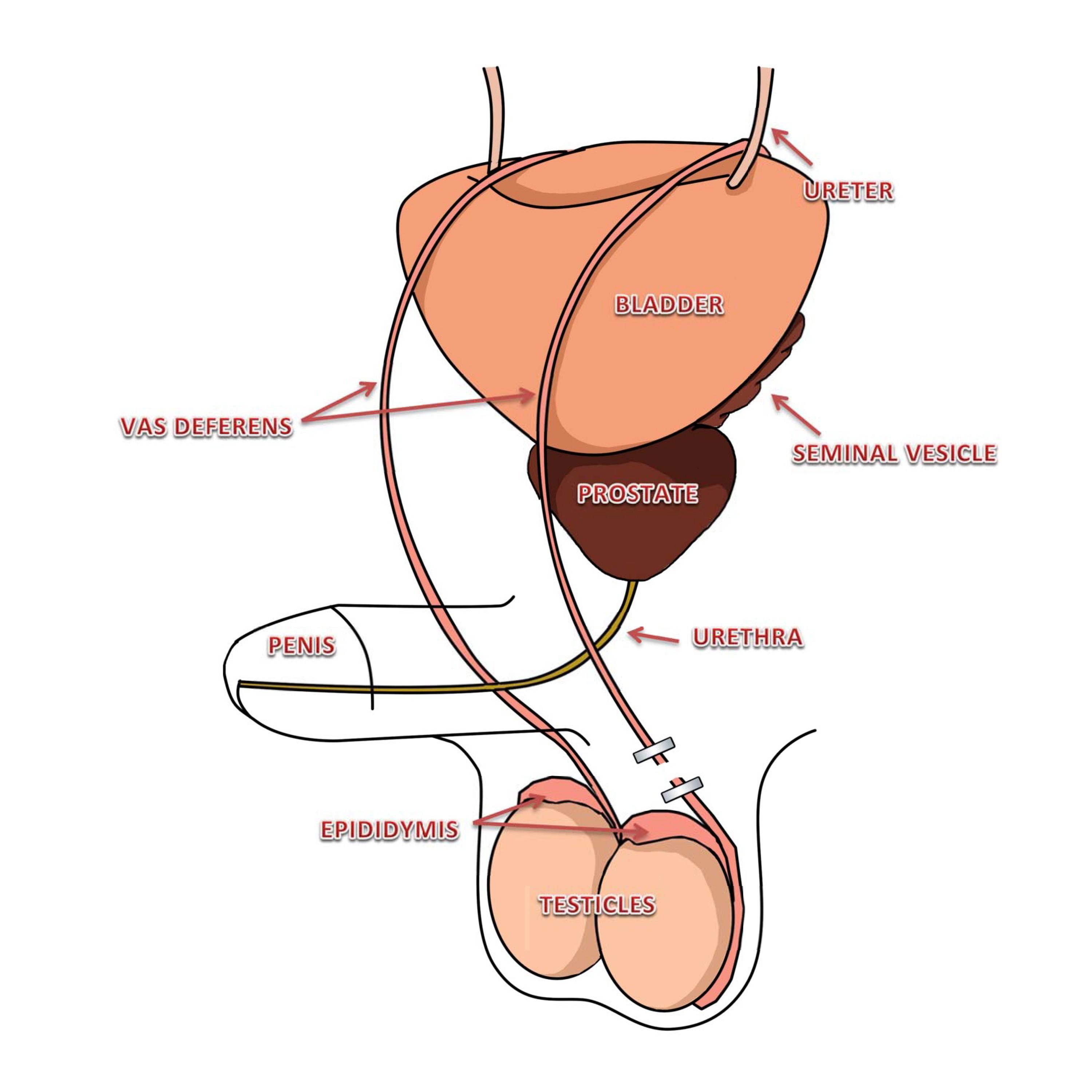Vasectomy is a simple and effective method for providing permanent contraception. Vasectomy is the surgical interruption of the two tubes (vas deferens) that carry a man's sperm from his testicles to his ejaculatory ducts, where the sperm are stored before departure from his body during orgasm.
Vasectomy surgery prevents sperm from being added to the man's ejaculation fluid (semen); therefore, he can no longer make a woman pregnant. The sperm-containing fluid that is blocked by vasectomy constitutes only 2-3% of a man's semen volume, therefore, a man and his partner will not notice any changes in the amount or appearance of his semen.

No-Scalpel Vasectomy
A minimally invasive technique, the No-Scalpel Vasectomy (NSV) has decreased the incidence of local complications and enhanced the popularity of vasectomy as a means of birth control.
Since Dr. Marc Goldstein introduced the No-Scalpel Vasectomy into the United States in 1985, the Center for Male Reproductive Medicine and Microsurgery at Weill Cornell Medicine in New York City has played a leading role in the development of research protocols, manuals, videos, books and training programs for standardizing NSV technique.
The NSV starts with a more effective technique to anesthetize the scrotum and vas using a high-pressure jet injector instead of a needle. Two special instruments are used for the NSV procedure instead of using a scalpel. It is an elegant technique for delivering the vas deferens through a tiny puncture hole, which is dilated, pushing the potential blood vessels and nerves aside instead of cutting across them. Once the vas is delivered, its ends are sealed several ways to prevent failure. The puncture wound contracts and is virtually invisible at the end of the procedure. No sutures are necessary to close the puncture hole.
Vasectomy Effectiveness
It’s not uncommon for men and their partners to have some questions and concerns about vasectomy effectiveness, since sperm can remain in the semen for some time after the procedure. It’s true that it takes some time for all of a man’s sperm to be cleared from his semen after a vasectomy procedure (15-20 ejaculations/three months, or longer for some men).(1)
For this reason, vasectomy doctors recommend that men use back-up birth control methods in the months after the procedure until their sperm count drops to zero on testing. Despite this short-lived sperm clearing process, vasectomy is a highly-effective long-term method of contraception.
Vasectomy: A Safe, Effective, Medically-Proven Contraception Method
A vasectomy procedure, no matter the technique, is a simple, effective, inexpensive, easy-to-perform method of contraception. Over 500,000 men in North America choose vasectomy each year. It is however important for the patient to understand how the procedure is done and all potential complications, both short-term and long-term.
The esteemed vasectomy specialists at the Weill Cornell Medicine Center for Male Reproductive Medicine and Microsurgery in New York City welcome your questions about the benefits and other considerations of male vasectomy.
![]() Click here for articles about Vasectomy
Click here for articles about Vasectomy
![]() Click here for post-procedure instructions
Click here for post-procedure instructions

